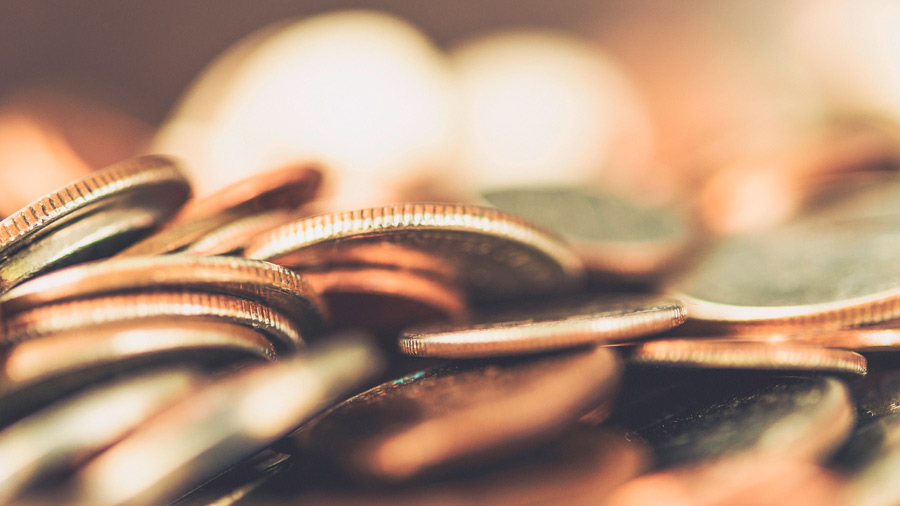Personal Wealth Management / Market Analysis
On the Latest European Gas Supply Fears
With threats to gas supply seemingly aplenty, does Europe risk shortages this winter?
Gas prices are up again, and we have seen many reasons why in financial publications worldwide.[i] From the conflict in the Middle East and suspected pipeline sabotage in Finland to labour strikes in Australia and a potential continental Arctic Blast coming this winter, we have observed a cacophony of alleged threats to Europe’s energy supply. Whilst all of these stories can ding sentiment, supply fundamentals remain in better shape than appreciated, in our view—useful perspective for investors to keep in mind amidst concerns that renewed energy troubles will batter a weary European economy.
Gas supply concerns span the globe according to our review of financial coverage. After the conflict between Israel and Hamas erupted last week, the Israeli energy ministry shut down production at the Tamar gas field, a large offshore source, citing security reasons. Tamar gas supply goes indirectly to Europe via Egypt, and we have seen some express concern that Israel may cease production at Leviathan, its other major gas field, should the conflict expand. Over three thousand kilometers to the north, Finland closed a gas pipeline in the Baltic Sea due to a leak, which the Finnish government blamed on external activity—and we have noted that some analysts interpret that as a euphemism for sabotage. It is possible that is the case, and investigations remain ongoing. Rounding out the worries, workers at two major Australian liquefied natural gas (LNG) facilities continue industrial action this week, and we have seen analysts discuss a potentially frigid winter risks a big uptick in European heating demand.
We get the concern. Whilst on their own, our research shows none of these are a massive influence on supply, but together, they seemingly add up. In the Middle East, Tamar primarily serves Israel’s domestic needs, but some observers we follow worry about spillover effects—e.g., the conflict strains Egypt’s gas supply, impacting exports to Europe and perhaps pressuring the Egyptian government to respond or face political blowback. In Australia, the offline facilities contribute to around 6% of global LNG supply.[ii] It hasn’t happened thus far, but instability in the Baltic region could affect production in Norway, Europe’s largest gas exporter.[iii]
But in our opinion, the associated projected outcomes are based on what is possible. For investors, we think it is critical to assess the probability of European power shortages. In our view, the worst-case scenario isn’t a given—or even likely at this point. As we noted in August, EU gas-storage levels hit their pre-winter target two months early, and we have seen some industry estimates show storage facilities now exceed last winter’s peak.[iv]
Countries also continue adding buffers based on our research. Whilst Germany’s underground gas storage caverns are over 97% full, officials have also approved bringing coal plants online from October – March 2024 to avoid shortages.[v] France, which relies primarily on nuclear energy, has also bolstered capacity after 2022’s annus horribilis, when many of the country’s nuclear plants were offline due to repairs.[vi] The country cut its atomic energy output by almost -25%, forcing it to become a net power importer for the first time since 1980.[vii] This year state utility Electricite de France SA has more reactors online now than 2022—even when accounting for those offline due to planned maintenance.[viii] In Australia, talks between unions and LNG producers are making haphazard progress. We can’t predict when they will reach a deal, but even if work stoppages resume, they aren’t likely to be more than a temporary issue.
Whilst European gas prices are up, they remain far below from last year’s all-time highs—which weren’t disastrous and didn’t lead to rationing and/or blackouts on the Continent. (Exhibit 1)
Exhibit 1: European Gas Prices, October 2020 – October 2023

Source: FactSet, as of 17/10/2023. Dutch TTF natural gas prices, 17/10/2018 – 16/10/2023.
Last year, energy prices skyrocketed on supply fears tied to Russia’s invasion of Ukraine—and the corresponding Western sanctions (and Moscow’s retaliation to sanctions).[ix] We saw that those developments inspired projections of plunging supply as Europe weaned off Russian oil and gas—a challenge, since Russia accounted for about 40% of the EU’s gas imports before the war.[x] We read about myriad concerns regarding wintertime rationing and blackouts.[xi] But as we have written, that didn’t happen. As Fisher Investments founder and Executive Chairman Ken Fisher puts it, anticipation is mitigation—and Europe found alternative sources of supply and adapted accordingly.
Europe looks similarly prepared in the coming months. Research outfit Bruegel estimates current storage levels would allow Europe to withstand a particularly cold winter—with no Russian gas imports.[xii] Moreover, even if demand picks up, we think Europe can find supply elsewhere in the world. The US exported a record-high volume of gas in the first half of the year, and the US-based Energy Information Administration projects further increases over the next 12 months.[xiii] European nations are reaching deals with North African nations, which are boosting production to satisfy continental demand.[xiv]
Ultimately, we don’t think the ongoing worries surrounding Europe’s energy supply seem like a little-noticed threat with big surprise power. On the contrary, it is very widely noticed. In our opinion, forward-looking stocks have likely priced in the impact and moved on, rendering these concerns a big brick in the proverbial wall of worry bull markets (extended periods of rising equity prices) climb.
[i] Source: FactSet, as of 17/10/2023. Statement based on Dutch TTF natural gas prices, 1/10/2023 – 17/10/2023.
[ii] “Chevron Australia LNG Unions Stick to Strike Plan Even as Pay Talks Continue,” Lewis Jackson, Reuters, 15/10/2023. Accessed via MSN.
[iii] “Norway Becomes Top Gas Supplier to Europe After Russia Invasion,” Carolyn Beeler, The World, 18/9/2023.
[iv] “EU Gas Storage Fullness Surpasses 2022/23 Winter Peak: GIE,” Stuart Elliott, S&P Global, 3/10/2023.
[v] “Full German Gas Storage No Reason to Relax on Supply, Operators Say,” Staff, Reuters, 12/10/2023.
[vi] “France’s Nuclear Energy Strategy—Once Its Pride and Joy—Faces Big Problems This Winter,” Sam Meredith, CNBC, 5/10/2023.
[vii] “Can Europe Rely on French Nuclear Power to Help Avoid Another Energy Crisis This Winter?” Francois De Beaupuy, Bloomberg, 7/9/2023. Accessed via Financial Post.
[viii] Ibid.
[ix] See note i. Statement based on Dutch TTF natural gas prices, 1/1/2022 – 31/3/2022.
[x] “Europe Plans to Slash Russian Gas Imports by 66% This Year,” Mark Thompson, CNN Business, 8/3/2022.
[xi] “Europe Has Bought $46 Billion Worth of Russian Energy Since the Ukraine War Began,” Jack Guy, CNN, 28/4/2022.
[xii] “The European Union Is Ready for the 2023-24 Winter Gas Season,” Ben McWilliams, Giovanni Sgaravatti, Simone Tagliapietra and Georg Zachmann, Bruegel, 10/10/2023.
[xiii] “Short-Term Energy Outlook,” EIA, 11/10/2023.
[xiv] “North Africa Will Be Italy’s Key Gas Supplier for Years, Eni Top Executive Says,” Francesca Landini, Reuters, 12/9/2023. Accessed via Nasdaq.com.
Get a weekly roundup of our market insights.
Sign up for our weekly e-mail newsletter.

See Our Investment Guides
The world of investing can seem like a giant maze. Fisher Investments UK has developed several informational and educational guides tackling a variety of investing topics.




